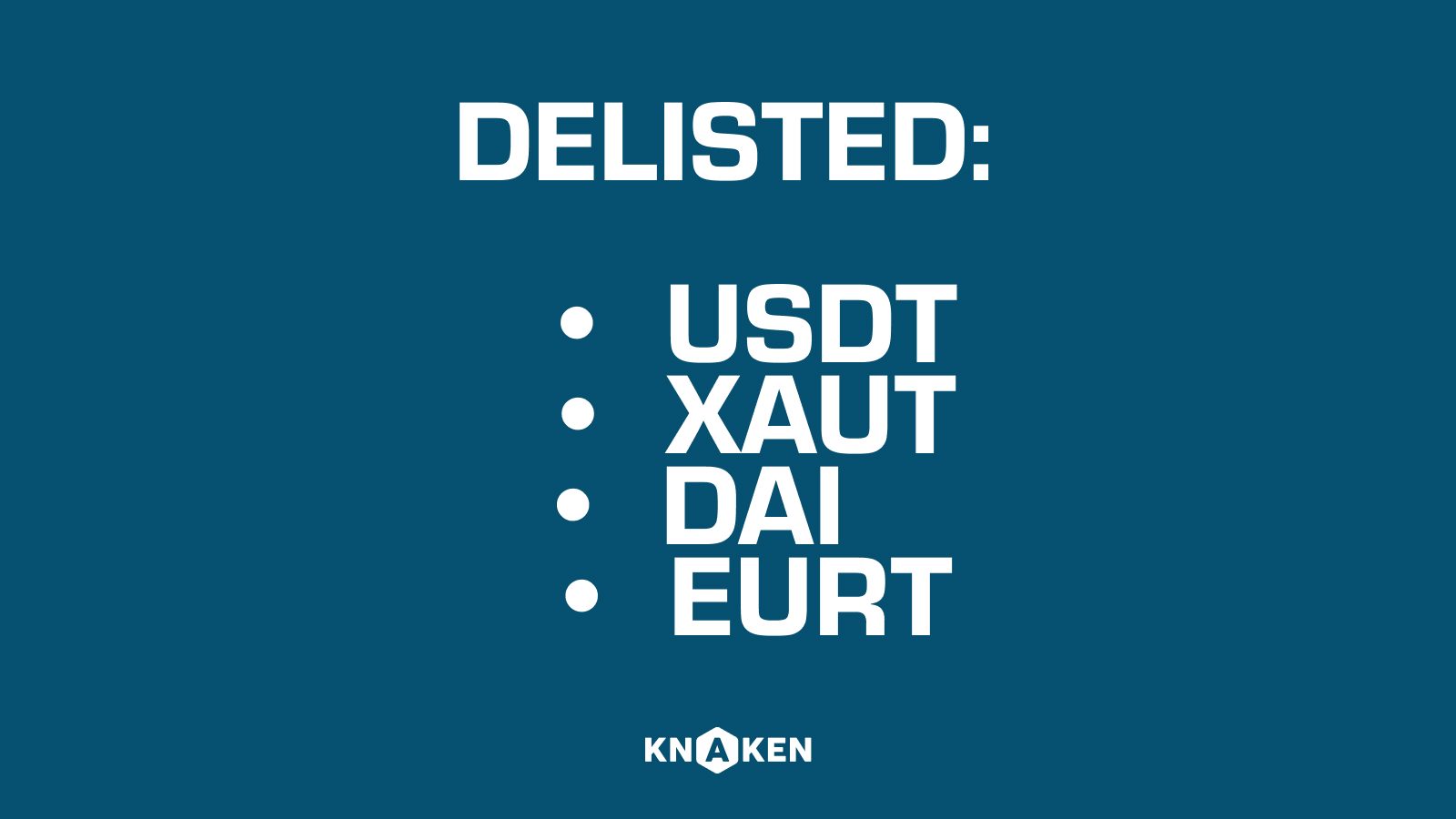Trading Strategies in Cryptocurrency
Introduction to Trading Strategies in Cryptocurrency
Cryptocurrency trading has emerged as a dynamic and rapidly evolving sector within the financial markets. The increasing popularity of digital assets, along with their inherent volatility, has created a fertile ground for various trading strategies. Understanding these strategies is crucial for traders looking to optimize their investments and navigate the complexities of the crypto market effectively.
Types of Trading Strategies
Various trading strategies exist in the cryptocurrency market, each with unique characteristics and methodologies. Here are the most common types:
- Day Trading: This strategy involves buying and selling cryptocurrencies within a single trading day. Day traders capitalize on short-term price movements and employ technical analysis to make decisions.
- Swing Trading: Swing traders focus on capturing gains from price swings over a short to medium timeframe, typically ranging from a few days to a few weeks. This strategy requires identifying trends and reversals in the market.
- Scalping: A highly intensive strategy, scalping aims to exploit small price gaps throughout the day. Scalpers make numerous trades to accumulate small profits, which can add up significantly over time.
- Position Trading: This long-term strategy involves holding onto a cryptocurrency for an extended period, usually months or years, based on fundamental analysis and believing in the asset’s long-term potential.
- Arbitrage: Arbitrage traders exploit price differences for the same cryptocurrency across different exchanges. This strategy seeks to profit from the market’s inefficiencies.
- Algorithmic Trading: Utilizing algorithms and automated trading systems, this strategy maximizes efficiency in executing trades based on predefined criteria, such as price movements or market conditions.
Key Components of Successful Trading Strategies
To develop an effective trading strategy, several key components should be considered:
- Market Analysis: Understanding both fundamental and technical analysis is essential. Fundamental analysis examines market conditions, news events, and economic factors affecting cryptocurrencies, while technical analysis utilizes historical price data and chart patterns to forecast future movements.
- Risk Management: Successful traders implement dynamic risk management strategies to protect their capital. This may include setting stop-loss orders, diversifying portfolios, and determining the appropriate position size based on trading capital.
- Emotion Control: Maintaining emotional balance is crucial in trading. Many traders fail due to fear or greed, which can lead to impulsive decisions. Developing a disciplined trading mindset is vital for success.
- Continuous Education: The crypto market is constantly evolving, and successful traders commit to ongoing education. This includes staying updated on industry news, market developments, and emerging technologies.
- Backtesting and Optimization: Testing trading strategies against historical data helps traders evaluate their effectiveness. This practice allows for adjustments to be made before implementing strategies in real-time trading environments.
Common Indicators Used in Crypto Trading Strategies
Traders often rely on various technical indicators to guide their trading decisions. Some of the most commonly used indicators include:
- Moving Averages: These indicators smooth out price data to identify trends over specific periods (e.g., 50-day or 200-day moving averages).
- Relative Strength Index (RSI): This momentum oscillator measures the speed and change of price movements, helping traders identify overbought or oversold conditions.
- Bollinger Bands: This volatility indicator consists of a middle band (the moving average) and two outer bands that indicate price volatility. It helps traders visualize potential price breakouts.
- MACD (Moving Average Convergence Divergence): This trend-following momentum indicator shows the relationship between two moving averages of a cryptocurrency’s price, providing buy and sell signals.
- Volume Analysis: Analyzing trading volume helps traders understand the strength of a price trend and predict potential reversals or continuations.
The Importance of a Trading Plan
A well-defined trading plan is essential for any trader engaging in cryptocurrency trading. Key elements of a trading plan include:
- Trading Goals: Clearly outline your objectives, including desired returns and risk levels.
- Entry and Exit Criteria: Define specific conditions for entering and exiting trades based on market analysis and indicators.
- Risk Tolerance: Determine how much capital you are willing to risk on each trade and the overall portfolio.
- Review and Adjustments: Regularly review your trading performance and adjust your strategy based on changing market conditions and personal experiences.
Conclusion
Trading strategies in cryptocurrency are diverse and can be tailored to fit individual risk appetites, preferences, and trading styles. By understanding the various types of strategies and their underlying principles, traders can develop a comprehensive approach to navigating the volatile crypto markets. Continuous education, disciplined execution, and a robust trading plan are crucial components for achieving long-term success in cryptocurrency trading.


















